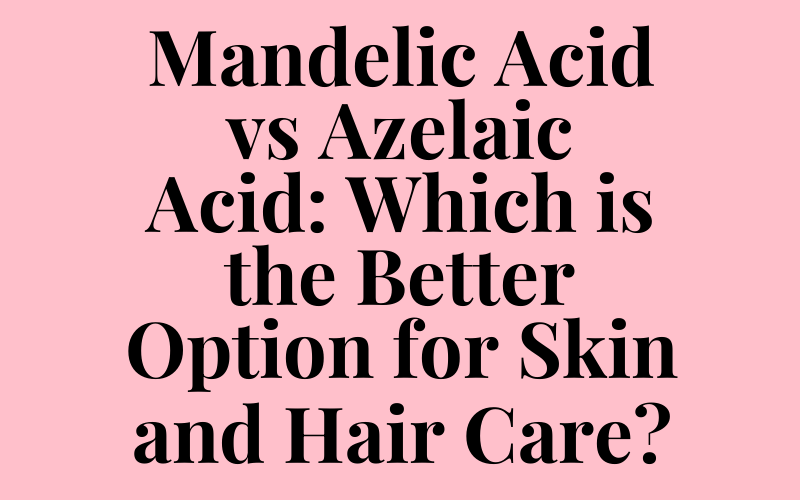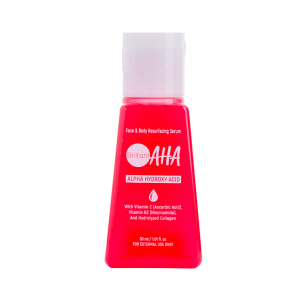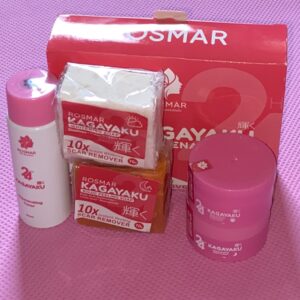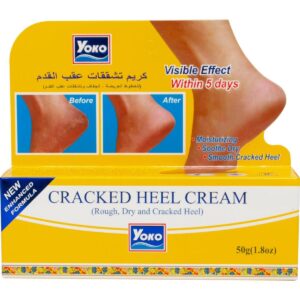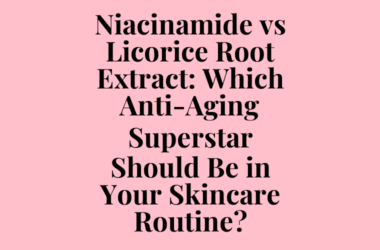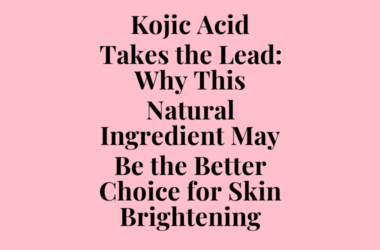As a skincare enthusiast, you’re probably familiar with the numerous options available for maintaining healthy, glowing skin. Two popular ingredients that have gained significant attention in recent years are mandelic acid and azelaic acid. Both have been used in various skincare products, but which one is more effective for skin and hair care? In this article, we’ll delve into the world of these two alpha-hydroxy acids (AHAs) and compare their benefits, side effects, and usage guidelines.
Table of Contents
What are Mandelic Acid and Azelaic Acid?
Mandelic acid and azelaic acid are both organic compounds derived from natural sources. Mandelic acid is a type of AHA that occurs naturally in almonds, while azelaic acid is a polyunsaturated fatty acid found in wheat germ. Both have been used in various industries, including pharmaceuticals, cosmetics, and agriculture.
Benefits of Mandelic Acid and Azelaic Acid
Mandelic Acid: Benefits for Skin and Hair Care
Mandelic acid is known for its ability to:
- Gentle exfoliation and improved skin texture
- Reduce fine lines, wrinkles, and age spots
- Brighten skin tone and reduce hyperpigmentation
- Soothe acne-prone skin and reduce inflammation
- Strengthen hair and promote healthy hair growth
Azelaic Acid: Benefits for Skin and Hair Care
Azelaic acid is also effective in:
- Reducing acne, rosacea, and other hyperpigmentation issues
- Smoothing out wrinkles and fine lines
- Lightening and brightening skin tone
- Controlling sebum production and reducing acne
- Strengthening hair and promoting healthy hair growth
Side Effects and Precautions
Both mandelic acid and azelaic acid can cause side effects, especially when used in high concentrations or without proper guidance. Common side effects include:
- Redness and irritation
- Itching and burning sensations
- Increased photosensitivity
To minimize potential side effects, it’s essential to:
- Start with low concentrations and gradually increase as your skin or hair becomes more tolerant
- Use sunscreen with at least SPF 30 to avoid increased photosensitivity
- Monitor your skin and hair for any adverse reactions and adjust your routine accordingly
Recommended Mandelic Acid Products
Recommended Azelaic Acid Products
-
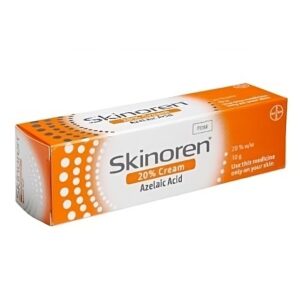 Skinoren Cream 30g: The Perfect Solution for Acne VulgarisKD4.000
Skinoren Cream 30g: The Perfect Solution for Acne VulgarisKD4.000 -
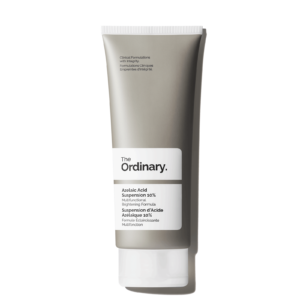 The Ordinary Azelaic Acid Suspension 10%KD6.000 – KD12.000
The Ordinary Azelaic Acid Suspension 10%KD6.000 – KD12.000
Summary Comparison Table:
| Mandelic Acid | Azelaic Acid | |
|---|---|---|
| Natural Source | Almonds | Wheat Germ |
| Skin Benefits | Gently exfoliates, reduces fine lines, brightens skin tone | Reduces hyperpigmentation, smooths wrinkles, lightens skin tone |
| Hair Benefits | Strengthens hair, promotes healthy growth | Strengthens hair, promotes healthy growth |
| Side Effects | Redness, itching, burning sensations | Redness, itching, burning sensations |
| Precautions | Monitor for reactions, start with low concentrations | Monitor for reactions, start with low concentrations |
In conclusion, both mandelic acid and azelaic acid have been shown to be effective in skin and hair care, with each offering unique benefits and potential side effects. It’s crucial to understand the benefits, side effects, and precautions for each ingredient to ensure a safe and effective skincare or hair care routine. Always consult with a dermatologist or healthcare professional before incorporating these ingredients into your routine, especially if you have sensitive skin or hair.

